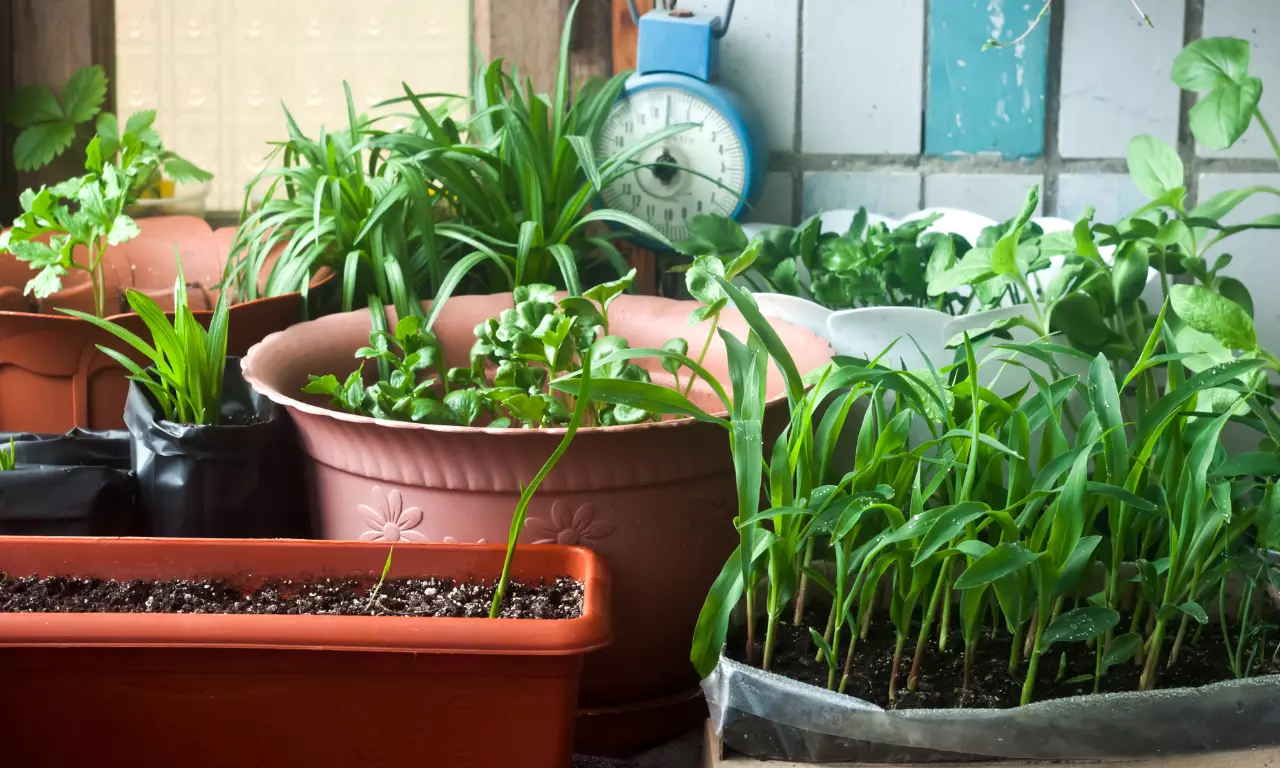It can be fun to cultivate herbs, greens, blooms and fruit indoors, but you need to ascertain their precise requirements in terms of lighting, airflow, food and water in order to not only survive but to thrive.
I was terrified to water – is it time yet? How will I ever know? – but you can train yourself to learn when your plants need some love. To check, try sticking your finger on its first knuckle into the soil; if it’s dry then give it some time in the sink.
Choose Your Plants Wisely
Choose plants that meet your space. Read each plant label to determine what it needs to thrive: light/temperature need, water usage need, mature height/width, and special care needed to grow.
Select pots and containers carefully. They should offer room enough for what you’ve grown, and lightweight terra cotta containers might permit more moisture and oxygen through than plastic.
Vegetables that would be planted in outdoor gardens, such as carrots, hot peppers and lettuces, need containers with at least six inches of soil depth, while herbs such as basil, chives and parsley will do well with lots of light, as will vine- and fruit crops such as squash cucumbers and beans that can be grown up tall, sturdy trellises.
Set Up Your Space
Cultivating food plants is an amazingly fulfilling activity, and the rewards after your labour will improve your health and the environment. You might believe that growing your own food indoors is impossible, but with the right varieties and care, a thriving garden is possible in any house or flat.
When choosing plants, consider their mature size and water requirements, as well as how much space they will take up once they’re fully grown. Sun worshippers in particular will need grow lights, and you’ll have to experiment a bit to figure out where to put it all.
Going vertically allows you to tend compact vegetables, herbs and fruit, such as tomatoes, basil and thyme, in hanging planners to save floor space. Pebbles at the bottom of a pot or a device that spurs on humidity also help to improve air in the home. Water then according to any stress that you see like yellowing stems and wilting leaves.
Water Your Plants Properly
Plants in general need to be watered, but different varieties need different volumes. Make sure you know how much needs to be served to yours.
But do invest in a soil moisture gauge (such as the PLANTZ Soil Sleuth) – this will help you avoid both over- and underwatering, and tell you how much moisture the soil holds so you can supplement as necessary.
When watering, pour the water onto the soil, not on the leaves or flowers – your plants will thank you by growing bigger and healthier. Below your soil, some rocks will also make your pots retain more water and avoid splashing that can interfere with leaf growth and fungus.
Fertilize Your Plants
If you want green stalks, luscious leaves and lovely flowers from your plants grown and cultivated inside using air to fertalize, vegetables, fruit, herbs, or flowers with strengthened roots, then you need loads of fertlizers. However, if too much fertilizers are added to delicate root and leaf tissue, it will harm the plant and damage the tissue. Too much fertilization is a big no-no. If you add an excessive amount of fertalizers to your plant, the roots and leaves will be burned!
If the soil truly dries between watering sessions the roots will get plenty of oxygen and plants will not die of asphyxiation, or something like that.
Indoor plants are also vulnerable to fungal diseases. Do not overwater and increase humidity by potho-grouping your potted plant to collect humidity within a clam-shell environment and then use either a mister or vaporizer to increase water vapour content in the air.
With potting mix containing built-in nutrient boosts, it’s much less likely you’ll need top up feeds. A slow-release liquid or powder fertiliser can be used – most houseplants should be un-fed between November and March. Most supplements should be given very sparingly, though, as spring gets going.

